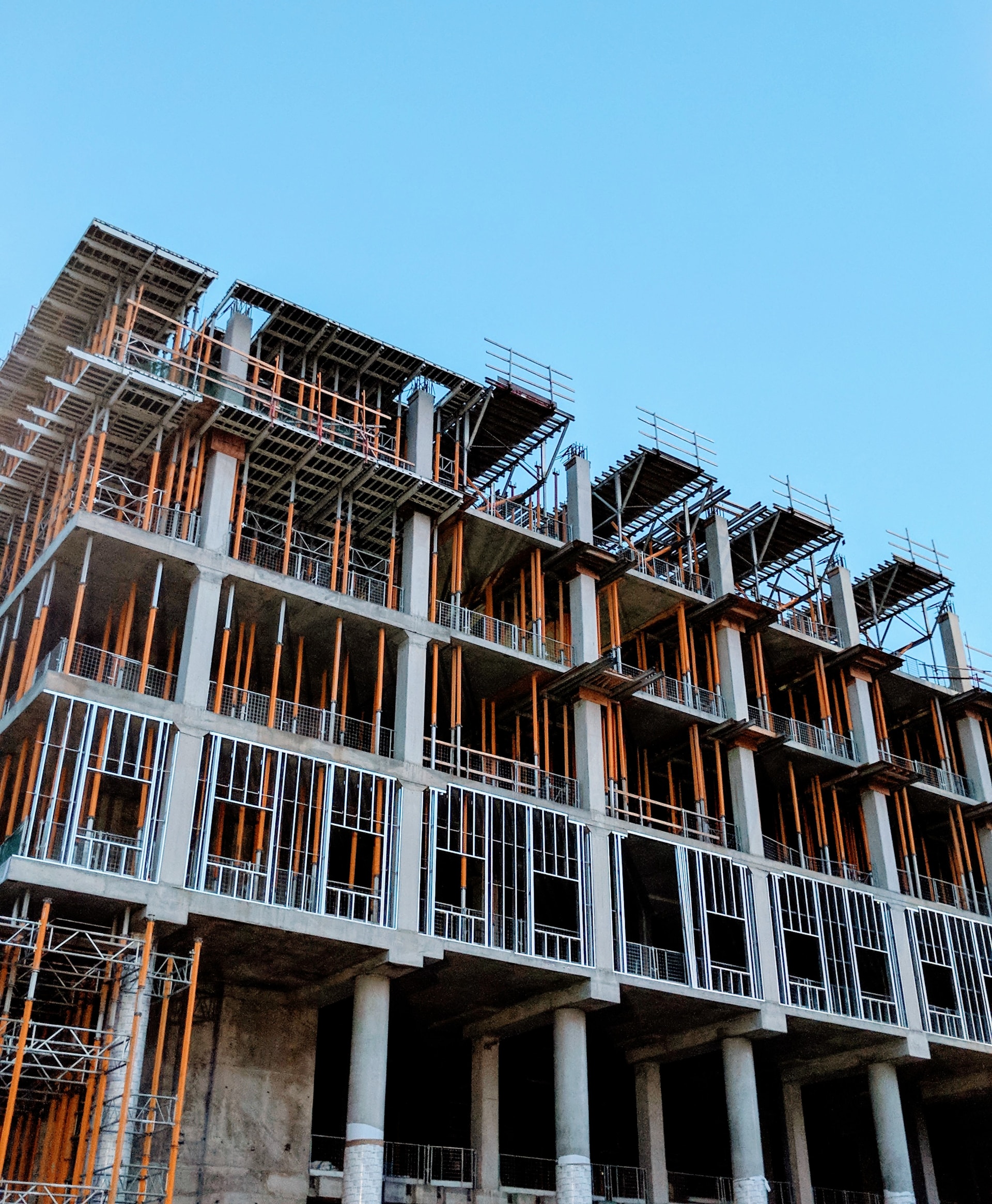
Unveiling Challenges: The Current Landscape of the European Construction Sector
Does the current mood in the UK's largest trading partner give any clues to the future of the Construction Industry
L Joseph
1/9/20242 min read


As the heartbeat of infrastructure and urban development, the European construction sector has long played a vital role in shaping the continent's landscape. However, the industry currently faces a myriad of challenges that demand attention and strategic solutions. In this brief exploration, we delve into the difficulties confronting the European construction sector.
1. Supply Chain Disruptions: A Global Predicament
The construction sector in Europe, like its counterparts worldwide, is grappling with the aftermath of unprecedented global events. Supply chain disruptions, stemming from factors such as the COVID-19 pandemic and geopolitical tensions, have led to shortages of essential materials. This scarcity not only drives up costs but also contributes to project delays, impacting timelines and overall project feasibility.
2. Skilled Labour Shortages: Bridging the Talent Gap
The shortage of skilled labour is a persistent challenge in the European construction industry. As older workers retire, there's a pressing need to attract and retain a new generation of skilled professionals. The industry's image as labour-intensive and traditional has contributed to a lack of interest among younger generations, exacerbating the skills gap. Overcoming this challenge requires a concerted effort from both the public and private sectors to invest in training programs and promote the construction industry as a viable career path.
3. Regulatory Complexity: Navigating a Web of Standards
The European construction sector operates in a complex regulatory environment with varying standards and codes across different countries. Navigating this intricate web of regulations poses challenges for companies working across borders. Harmonizing standards and simplifying regulatory processes would not only enhance efficiency but also encourage cross-border collaboration and investment.
4. Sustainability Imperative: Balancing Environmental Concerns
With a growing emphasis on sustainability and environmental responsibility, the construction sector faces the challenge of aligning with stringent environmental standards. Meeting these requirements often involves adopting new technologies and materials, which can be cost-intensive. Striking a balance between sustainable practices and economic viability is a delicate task that requires innovation and collaboration within the industry.
5. Digital Transformation: Embracing the Future
The construction industry is undergoing a digital transformation, but the adoption of new technologies has been uneven across firms. Embracing Building Information Modeling (BIM), Artificial Intelligence (AI), and other digital tools can enhance efficiency and project outcomes. However, integrating these technologies requires significant upfront investment and a cultural shift within the industry.
Navigating the Road Ahead
Despite these challenges, the European construction sector remains resilient. To thrive in the face of adversity, industry players must embrace innovation, invest in training and education, and collaborate to streamline regulatory processes. By addressing these difficulties head-on, the construction sector can not only overcome immediate challenges but also position itself for sustained growth and success in the evolving European landscape.
Contact
20 - 22 Wenlock Road
London N1 7GU
info@idlresources.com
+44 (0)203 879 0925
